Surgical techniques | Treatment of metacarpal and phalangeal fractures with intramedullary headless compression screw internal fixation
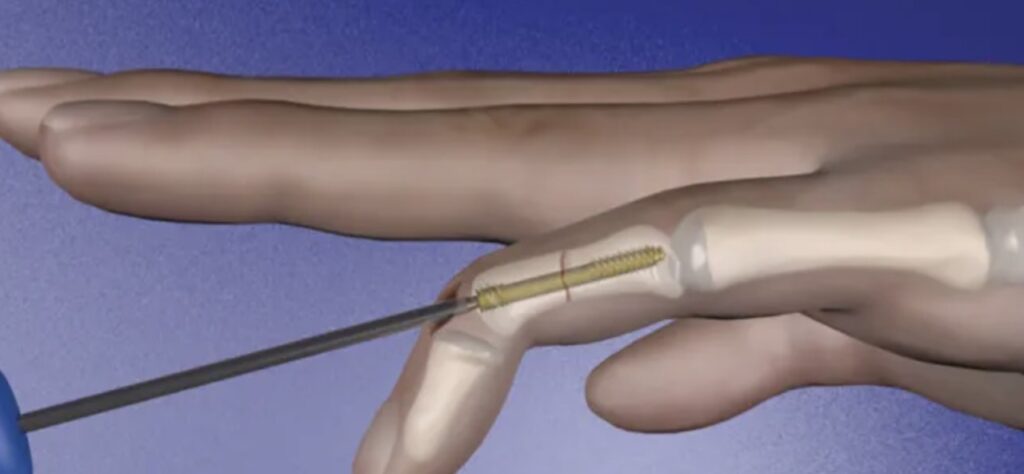
Intramedullary Headless Compression Screws for Metacarpal and Phalangeal Fractures: A Surgical Guide Introduction: A Revolutionary Fixation Approach Metacarpal and phalangeal fractures are among the most common hand injuries, often resulting from trauma, falls, or sports-related accidents. Depending on the fracture type—simple transverse, comminuted, or open fractures—various fixation methods exist, including plate and screw fixation, percutaneous […]
Stay Ahead in Orthopedics: The Best Resources for Surgeons to Boost Your Practice

As an orthopedic surgeon, you face a constant balancing act between consultations, surgeries, and the ongoing need to stay updated on the latest advancements in your field. Time is scarce, but dedicating moments to refresh your knowledge can drastically improve your practice and patient outcomes. The future of orthopedic surgery lies in continuous learning and […]
Vascular injury in orthopedic surgery: a comprehensive review of risks and prevention strategies
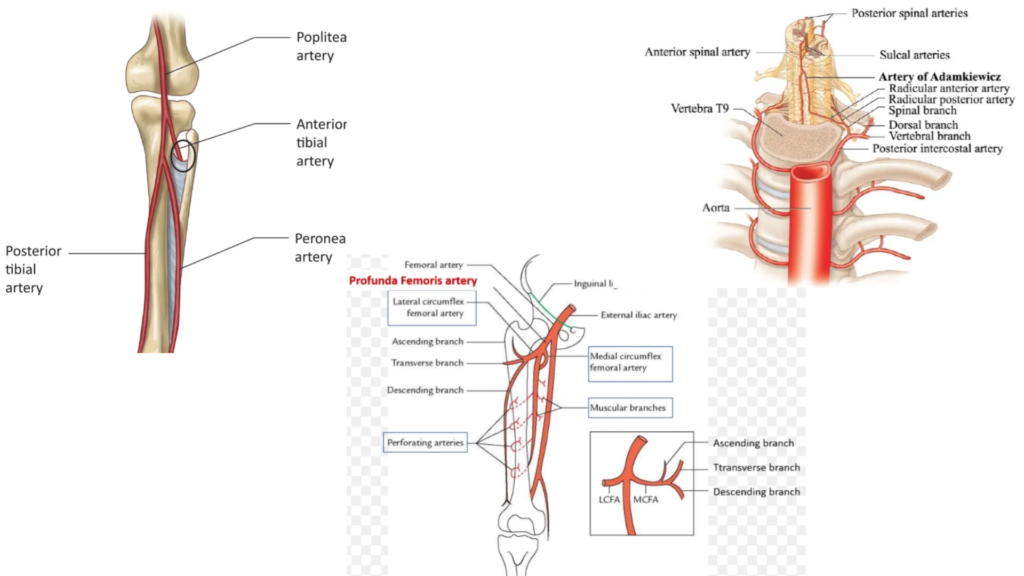
Orthopedic surgery, though transformative for patients suffering from musculoskeletal disorders, carries an inherent risk of vascular injury. While relatively uncommon, these complications can have devastating consequences, including limb loss and even death. This article provides a detailed review of the types of orthopedic surgeries most susceptible to vascular injury, the mechanisms underlying these injuries, and […]
Ten aspects of failed internal fixation of femoral shaft fractures: detailed causes and prevention
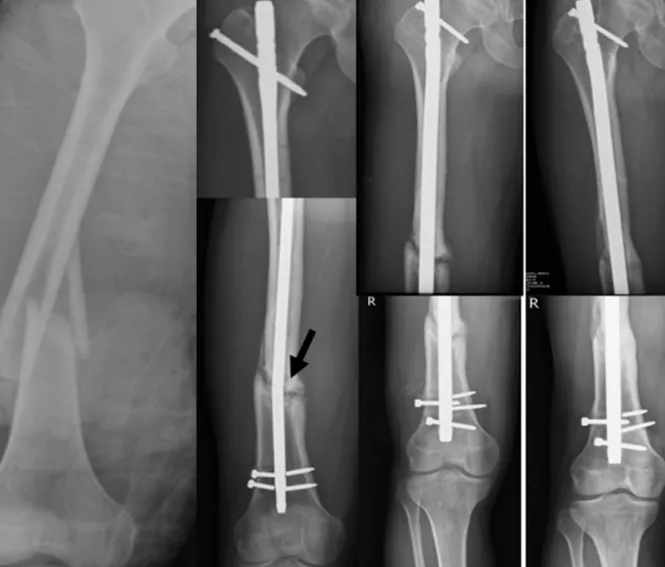
Today, let’s delve deeper into the causes and preventative measures for internal fixation failure in femoral shaft fractures: 1. Patient Factors: 2. Cerclage Wire Use:2. 3. Cerclage Wire Placement: 4. Screw Placement in Intramedullary Nailing (IMF): 5. Screw Placement in Plate Osteosynthesis (PO): 6. Choice of Implant and Fixation: 7. Technical Errors During Surgery: 8. […]
Analysis and selection of advantages and disadvantages of various treatment methods for multi-segmental tibial fractures
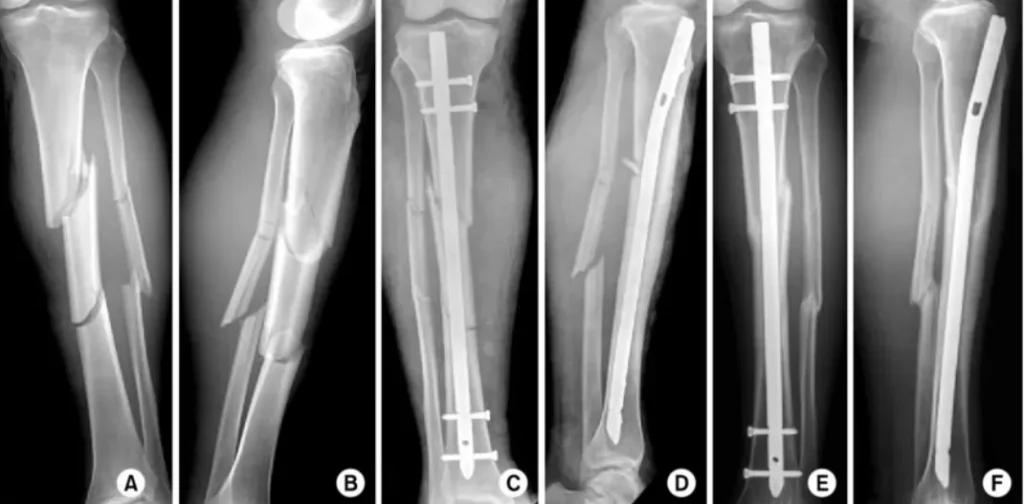
Segmental tibial fractures are complex injuries involving two or more distinct fracture lines and a free-floating middle fragment. This complexity demands a multidisciplinary approach and careful consideration of various factors when deciding on the optimal treatment. Here’s a breakdown of common treatment methods and their pros and cons: 1. Non-operative Treatment: 2. Surgical Treatment: a) […]
What knowledge points should be paid attention to in the surgery of tibial plateau fracture?
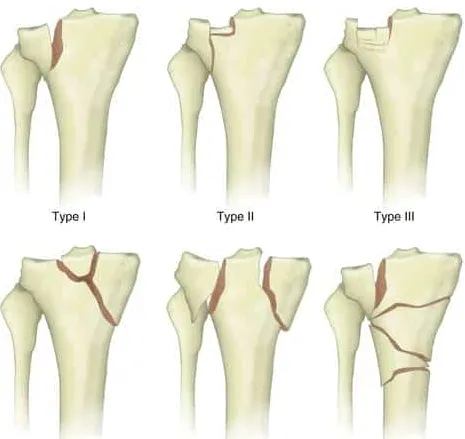
General Principles: 1. Patient History: Obtain a detailed history, including mechanism of injury, energy level, and patient-specific factors (e.g., age, bone quality). 2. Comprehensive Examination:Conduct a thorough clinical exam, assessing neurovascular status, range of motion, ligamentous stability, and soft tissue integrity. 3. Advanced Imaging: Utilize X-rays, CT scans, and potentially MRI to fully characterize the fracture pattern, displacement, articular […]
Supracondylar femoral fractures, what are the dangers and pitfalls?
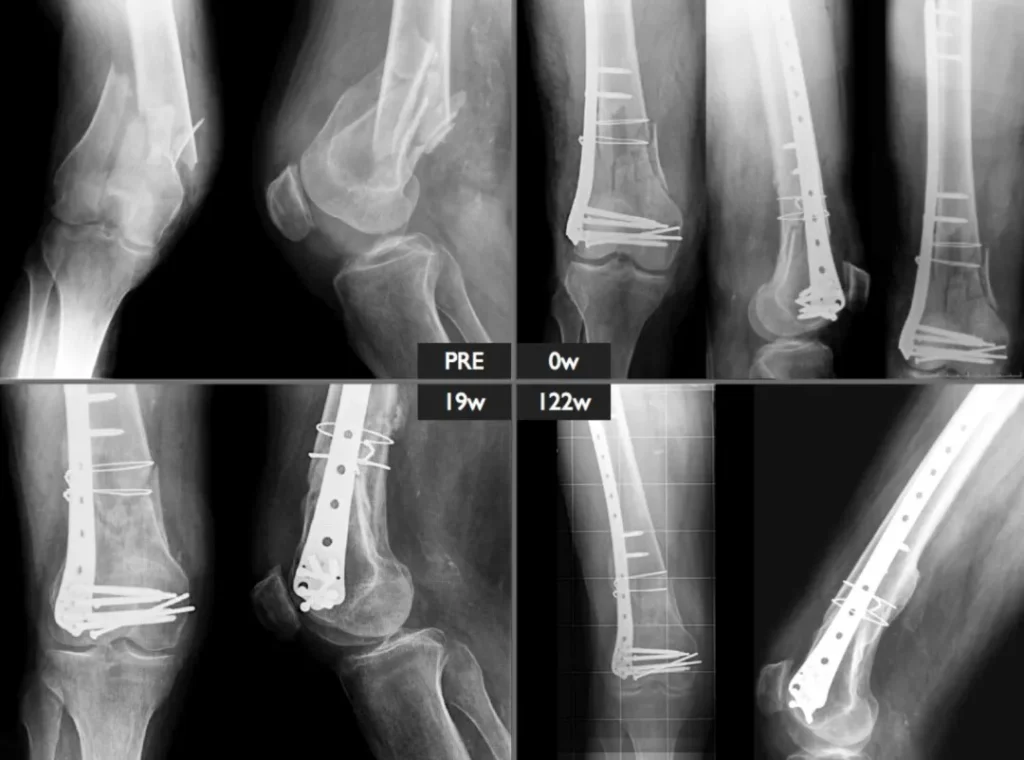
Supracondylar femur fractures present unique challenges for orthopedic surgeons, particularly in the context of an aging population and increasingly active lifestyles. This article will delve into the pitfalls and danger points associated with these fractures, arming young orthopedic surgeons with the knowledge needed to avoid complications and achieve optimal patient outcomes. Understanding the Complexity Supracondylar […]

